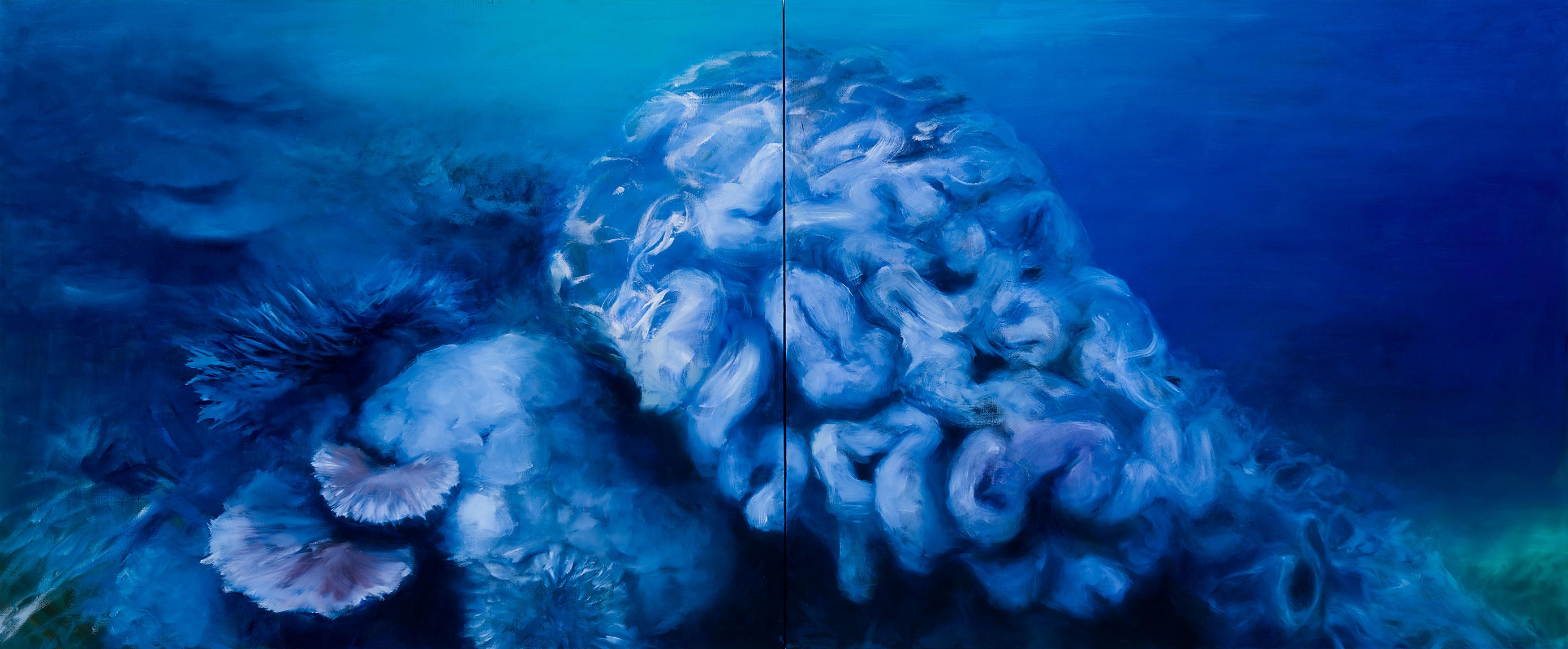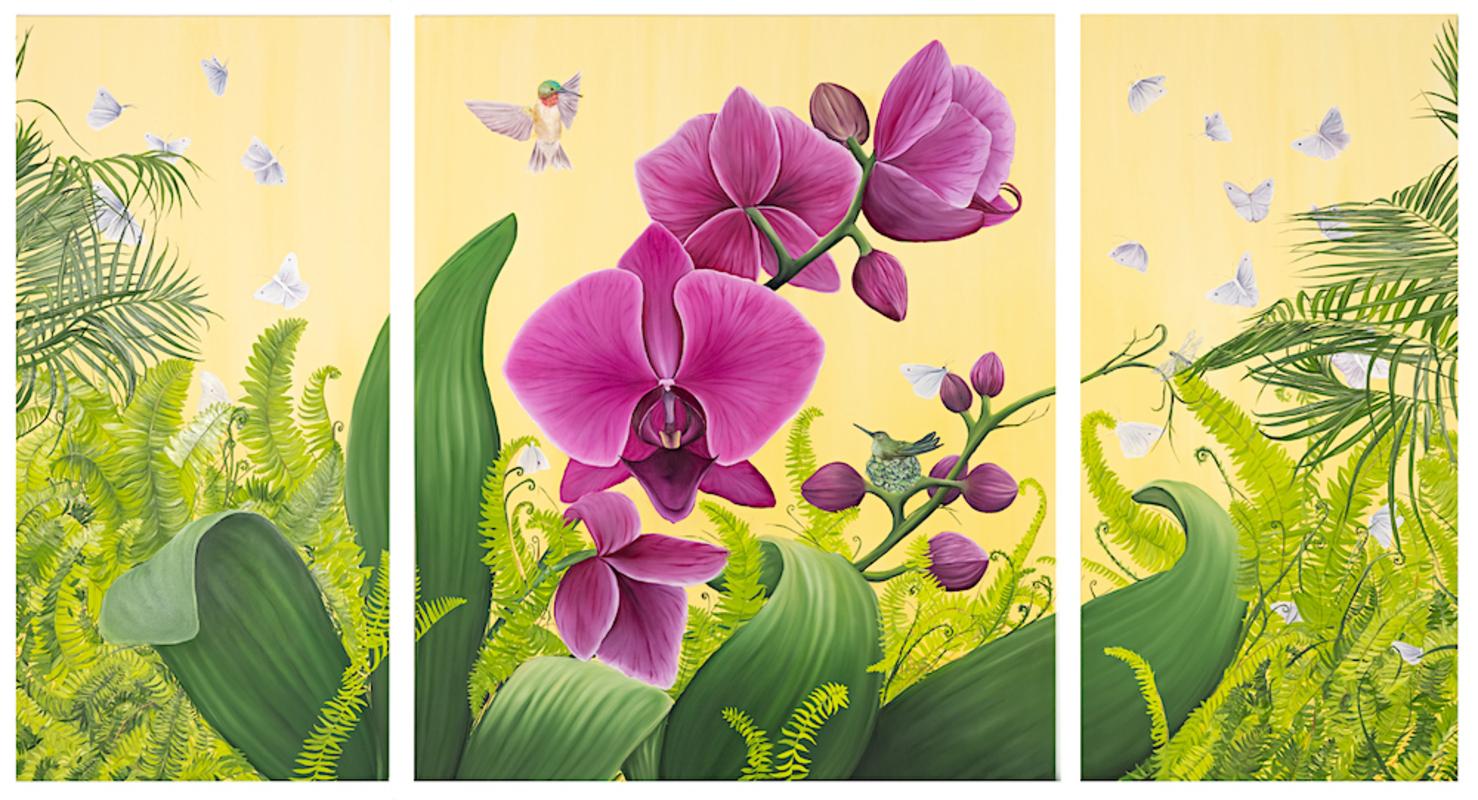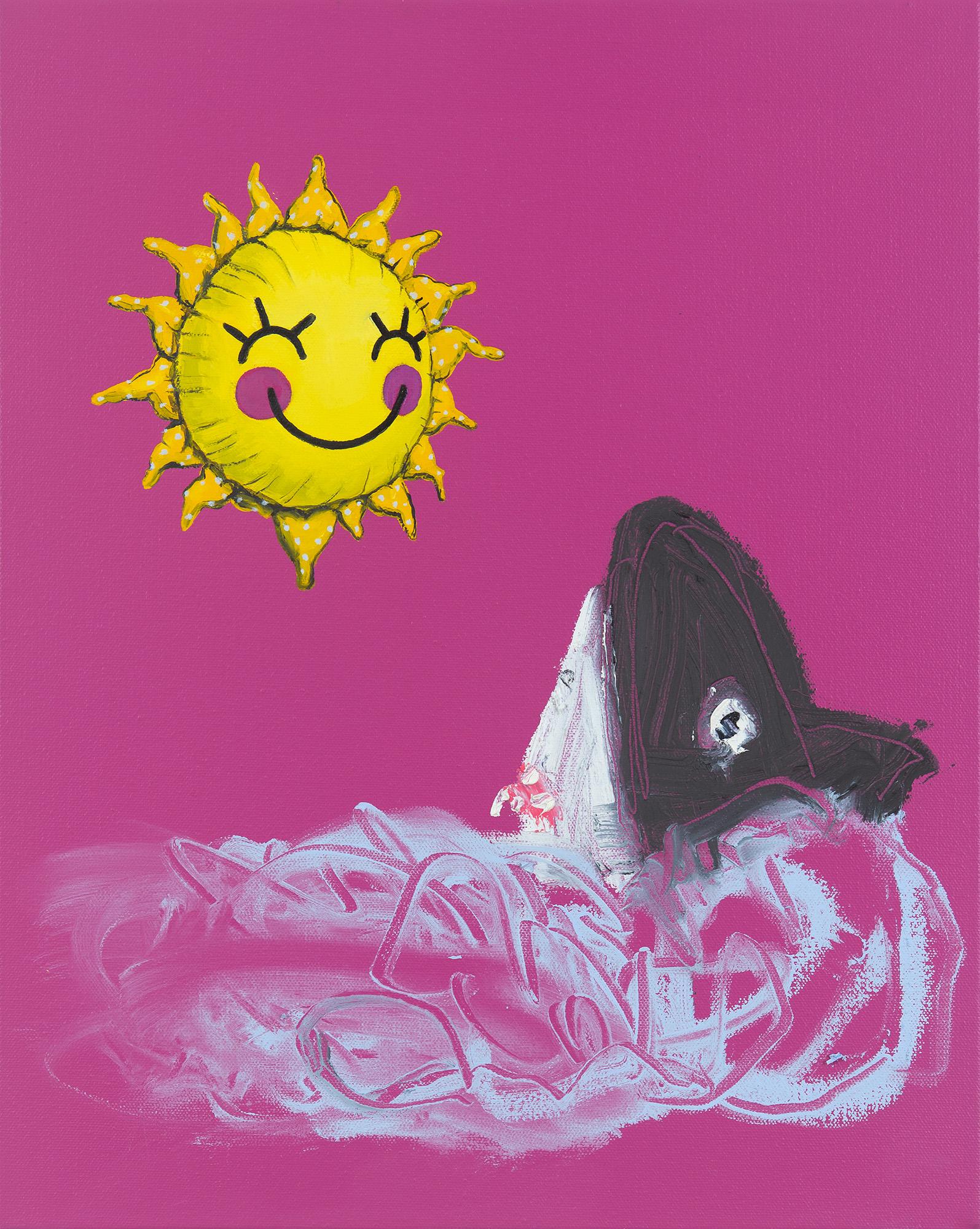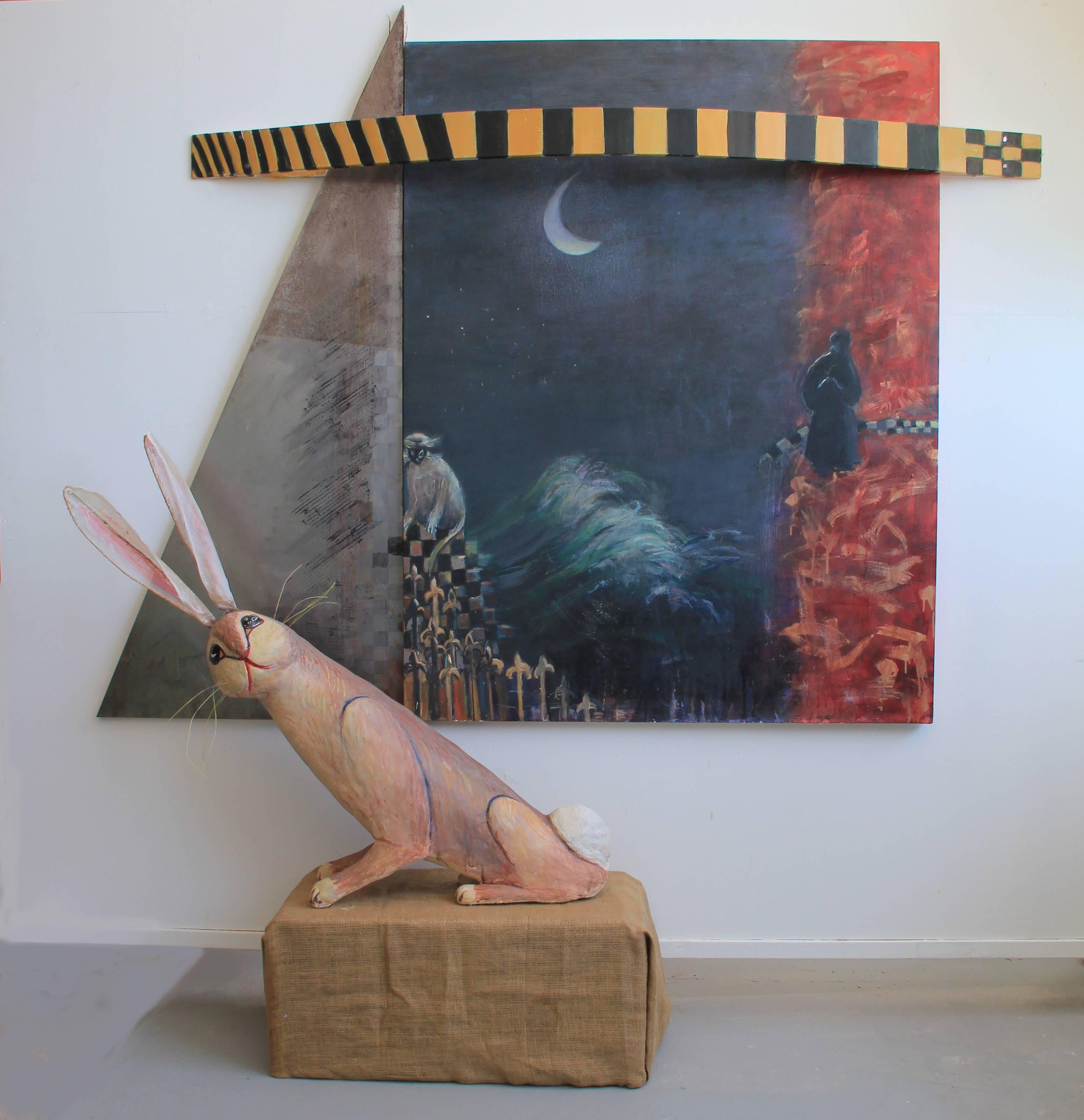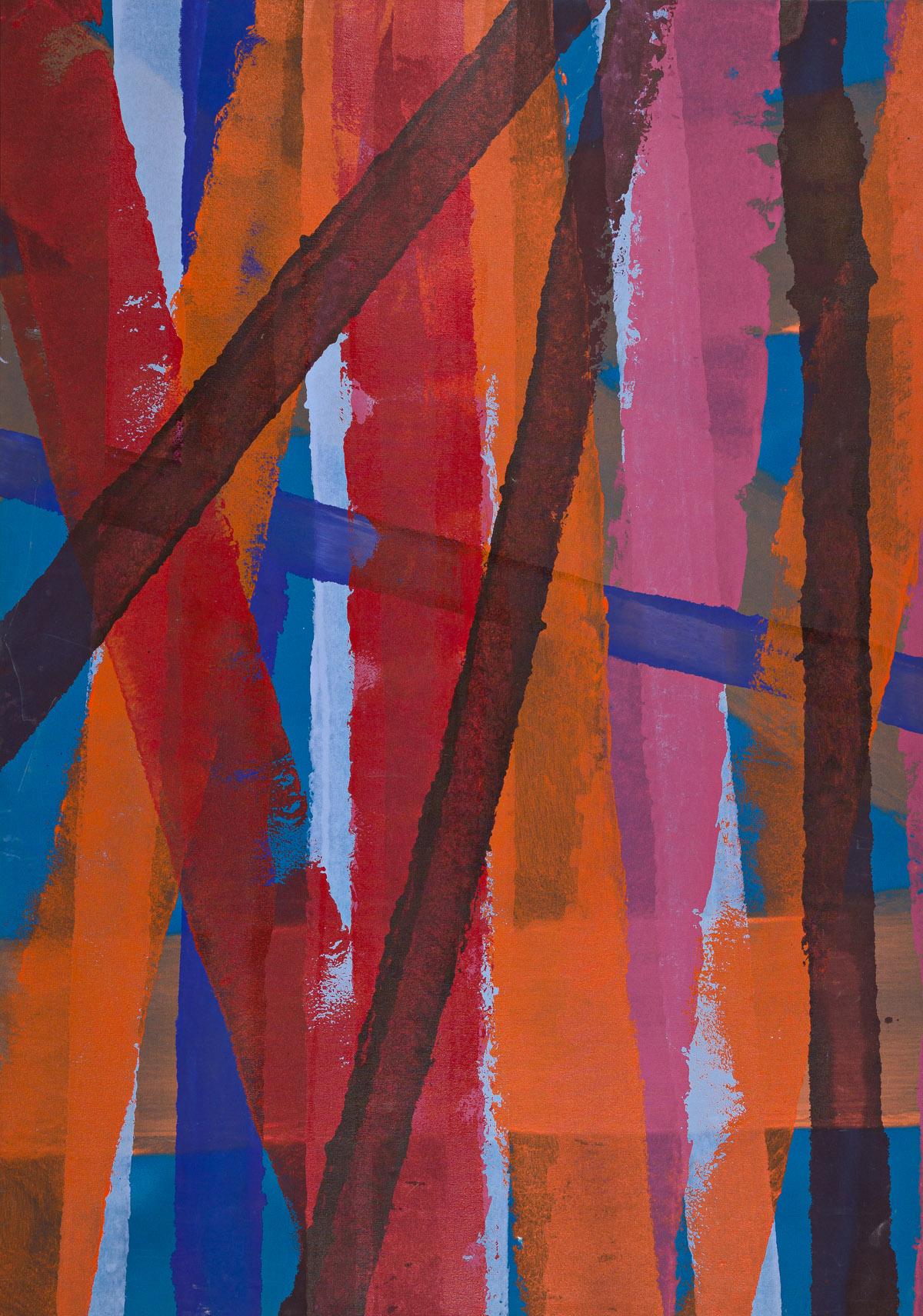Frank J. ReillyLiberty Bell
About the Item
- Creator:Frank J. Reilly (1906 - 1967)
- Dimensions:Height: 30 in (76.2 cm)Width: 40 in (101.6 cm)
- Medium:
- Period:
- Condition:
- Gallery Location:Fort Washington, PA
- Reference Number:1stDibs: LU38431071173
Frank J. Reilly
Frank J. Reilly was noted as "the No. 1 art teacher in America." Reilly is known for developing a means of organizing the palette. His value studies and chroma organization are still taught as the primary methods of oil paint organization. Reilly studied with Frank DuMond at the Art Students League of New York. He taught at the Grand Central School of Art, The Art Students League of New York and other art schools as well as establishing his own art school. Reilly was the main influence on George Passantino. He is credited with the mosaic mural in The Bronx High School of Science's front lobby. Reilly's influence continues today through the teaching and art of Michael Aviano and Jack Faragasso as well as their students Jon deMartin and Graydon Parrish. The Legacy of Frank J. Reilly by Jack Faragasso, from LINEA Journal of the Art Students League, Summer 2006, stated that one of the most maligned and misunderstood artist instructors of the Art Students League was the late Frank J. Reilly. Mr. Reilly was a feisty Irish-American endowed with great energy and charisma. He inspired fanatic devotion and loyalty from his students. His classes were always jam-packed morning, afternoon and night. On his off days he would drive to the League's studios in Woodstock, New York to teach landscape and outdoor figure painting. Somehow he found time to do illustrations, write articles on art, conceive and work on murals and do an occasional fine art easel painting. Married but childless, Mr. Reilly regarded his pupils as his family and sought to relate to them as such. He sought to give them the best training possible, and in order to introduce them to the art world, arranged contests with national magazines, paperback publishers, and even Portraits, Inc.
- ShippingRetrieving quote...Ships From: Fort Washington, PA
- Return PolicyA return for this item may be initiated within 14 days of delivery.
- Cover of The Saturday Evening Post, Halloween EditionBy Amos SewellLocated in Fort Washington, PADate: 1951 Medium: Oil on Canvas Dimensions: 30.00" x 25.00" Signature: Signed Lower Left Original cover illustration for The Saturday Evening Post...Category
1950s Figurative Paintings
MaterialsOil, Canvas
- The Courtship, Success Magazine CoverBy Joseph Christian LeyendeckerLocated in Fort Washington, PAMedium: Oil on Canvas Signature: Signed Lower Left Sight Size 22.00" x 15.50", Framed 31.00" x 24.00" Success Magazine Cover, The Success Company, Ne...Category
Early 1900s Figurative Paintings
MaterialsCanvas, Oil
- A Spread for Bread, Karo Corn Syrup AdvertisementBy Joseph Christian LeyendeckerLocated in Fort Washington, PAMedium: Oil on Canvas Signature: Unsigned Sight Size 18.00" x 13.50", Framed 25.50" x 20.50" This illustration was used as a Karo Corn Syrup advertisement.Category
20th Century Figurative Paintings
MaterialsCanvas, Oil
- Kuppenheimer Good ClothesBy Joseph Christian LeyendeckerLocated in Fort Washington, PAMedium: Oil on Canvas Dimensions: 28.00" x 21.00" Signature: Unsigned Literature: The Saturday Evening Post, June 14, 1923, illustrated as Kuppenheimer Clothing Company advertisementLaurence S. Cutler and Judy Goffman Cutler, J.C. Leyendecker: American Imagist, New York, 2008, p. 91, illustrated in color p. 92 Notes: The Kuppenheimer Clothing Company used this painting as an advertisment for its men's clothing. The advertisement printed...Category
1920s Figurative Paintings
MaterialsOil, Canvas
- Valentines Day, Saturday Evening Post CoverBy Frederick Sands BrunnerLocated in Fort Washington, PAMedium: Oil on Canvas Sight Size 29.00" x 21.00", Framed 34.00" x 27.00" Signature: Signed Lower Left Valentines Day, Saturday Evening Post cover, February 16, 1935Category
1930s Portrait Paintings
MaterialsCanvas, Oil
- Flat and Chat, Saturday Evening Post CoverBy George HughesLocated in Fort Washington, PAMedium: Oil on Canvas Signature: Signed Lower Left The Saturday Evening Post Magazine Cover, May 21, 1949. The irritated tire-changer? Why, that's artist George Hughes himself. The...Category
1940s Other Art Style Paintings
MaterialsOil, Canvas
- "Ebbing Reef" Corals, Large Scale Contemporary Seascape Oil Painting (deep blue)By Karen MarstonLocated in New York, NY60"x144" large scale painting, oil on canvas, created on two joined canvases. The deep blue palette gives a sense of underwater space in this grand depiction of coral reefs. Artist, Karen Marston presents this endangered species in a grand scale to show its beauty and importance to our environment. Karen Marston is a painter living and working in Brooklyn, NY. Her work has been seen in a number of solo exhibitions in New York City. In addition to her 2018 show Harbingers, at the Owen James Gallery in Soho, other recent solos include: 2017’s To Embrace the Whole Sky with the Mind, at Station Independent Projects on the Lower East Side, Demeter’s Wrath in 2016 at the Owen James Gallery and Storm Watch...Category
2010s Contemporary Landscape Paintings
MaterialsOil, Canvas
- Malia's Garden, botanical, floral, green and pink oil paintingBy Allison GreenLocated in New York, NYAllison Green was born in Philadelphia and grew up in a nearby rural suburb. Throughout her childhood Green lived on the periphery of a lush forest, an e...Category
2010s Contemporary Paintings
MaterialsOil, Canvas
- HOMAGE TO THE CLASSICSBy Ferjo, Fernando de Jesus OliveiraLocated in Aventura, FLOriginal oil painting on canvas. Hand signed on front by the artist. Canvas is stretched. Artwork is in excellent condition. Certificate of authenticity included. All reasonable...Category
21st Century and Contemporary Surrealist Figurative Paintings
MaterialsCanvas, Oil
- In the CloudsBy Adam UmbachLocated in Greenwich, CTAdam S. Umbach Biography American, b. 1986 Adam Umbach was born in Chicago, and currently lives and works in Brooklyn, New York. After being inspired from an early age by the modern...Category
2010s Paintings
MaterialsEnamel
- Fables No. 1: Silk and Steel series - mixed media painting and sculptureBy Elaine Badgley ArnouxLocated in Burlingame, CAFables No. 1: Silk and Steel series - mixed media painting and sculpture. A wonderful, provocative, curiously mysterious and delightful painting and sculpture by Elaine Badgley Arnou...Category
21st Century and Contemporary Contemporary Still-life Sculptures
MaterialsSteel
- UntitledBy Peter StroudLocated in New York, NYOil on canvas. In very good condition with bright colors. Provenance: Manufacturers Hanover Trust Company, New York, with the label verso; private collection, New York.Category
1960s Modern Abstract Paintings
MaterialsCanvas, Oil
